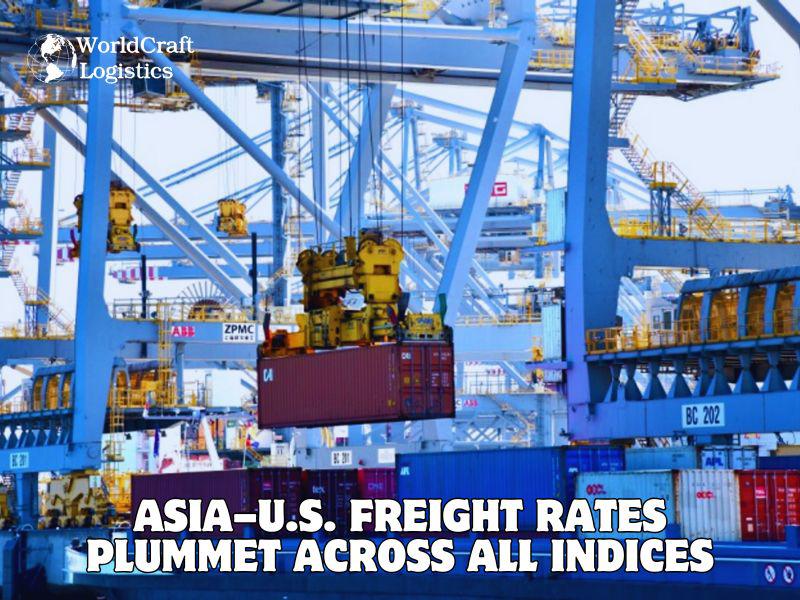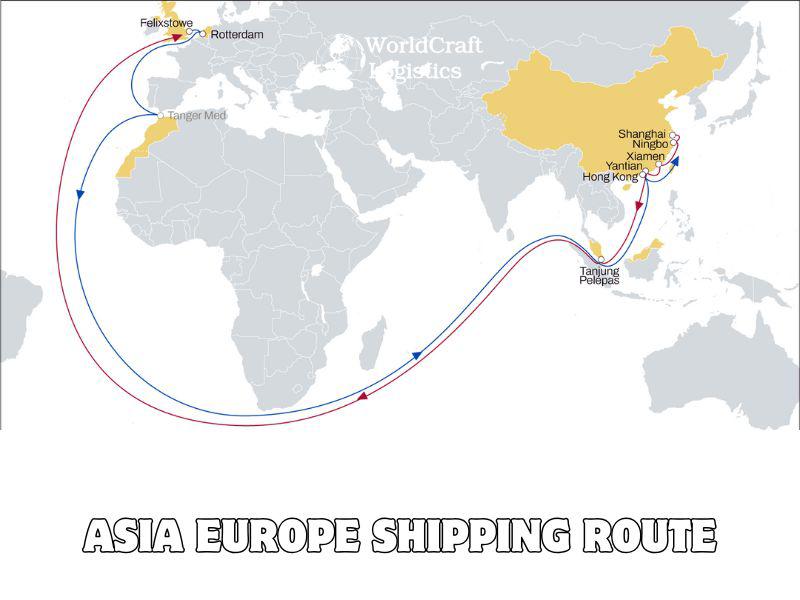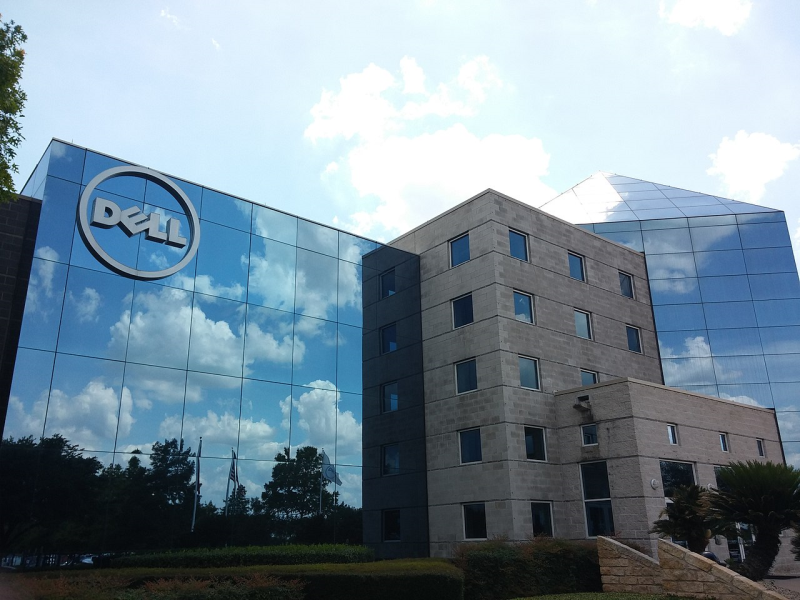
Starting June 1st, 2023 Our warehouse fee will be $0.65/cubic foot per month
In effort to lower the warehouse storage fee during inflation, we have went narrow aisle racking.This construction took us four months but the project is finally completed. With narrow aisle racking, we are able to drop storage by 24%.We as partners will go through this inflation together.
07/07/2025
For the first time in 2025, shipping a 40-foot container from Asia to North Europe has become more expensive than to the U.S. West Coast - a significant signal of shifting dynamics in global logistics. This reversal follows weeks of diverging freight trends on the world’s two major east-west trade corridors.
The Asia–U.S. trade lane is witnessing sharp and sustained rate declines:
Drewry’s World Container Index (WCI): Shanghai–Los Angeles fell 15% week-over-week to $3,180.
Xeneta XSI: Down 16% to $2,677.
Freightos Baltic Index (FBX): Dropped a steep 39% to $3,388.
Shanghai Containerised Freight Index (SCFI): Reported the sharpest decline of 19%, ending at $2,089.
Similarly, rates on the Shanghai–New York route declined:
WCI: –11% to $5,070
FBX: –15% to $6,116
SCFI: –13% to $4,124
These consistent declines point to softening demand and overcapacity in the transpacific market.

In contrast, rates on the Asia–North Europe route are on the rise:
WCI: Up 8% to $3,468, overtaking the Shanghai–Los Angeles route for the first time since December 2024.
XSI: Gained 17% to $3,354, continuing a four-week upward streak.
Industry experts credit these increases to tighter capacity control. According to Jérôme de Ricqlès of Upply, shipping lines have deployed blank sailings and shifted vessels away from Asia–Europe, tightening available space and maintaining strong demand-to-capacity ratios. As a result, Freight All Kinds (FAK) rates surged to $3,900–$4,100 per 40ft container as of July 1.
“We’re not seeing explosive growth - it’s more about stability,” said de Ricqlès. “Asia–Europe is holding its ground, unlike transpacific lanes where demand was overestimated.”
Despite optimism, cracks are emerging. A July 1 rate increase on the Asia–Mediterranean route failed to gain traction:
WCI (Shanghai–Genoa): Fell 9% to $3,751
FBX: Declined 5% to $4,223
China–North Europe FBX: Also dropped 4% to $2,969
These figures indicate that while Northern Europe rates are rising, the momentum may be fragile and short-lived.
Amid the broader downtrend, transatlantic routes are showing signs of stabilization:
WCI (Rotterdam–New York): Rose 7% to $2,119
CMA CGM introduced a $800 peak season surcharge per 40ft reefer container from Northern Europe to the U.S. East/Gulf Coasts and Mexico, effective July 1.
These moves suggest that carriers are testing pricing power on niche routes where demand remains resilient.

At Worldcraft Logistics, we recognize this shift as a wake-up call for shippers and freight forwarders. While the Asia–Europe trade lane appears more stable, it is largely driven by deliberate capacity control - not organic demand growth. Carriers are tactically adjusting vessel deployment to create favorable rate conditions. However, the uneven success of rate hikes in the Mediterranean and the ongoing slump in transpacific trades highlight that volatility remains the norm.
For businesses shipping between Asia, Europe, and the Americas, agility is more crucial than ever. Strategic planning, multi-route flexibility, and active carrier negotiations are key to mitigating cost fluctuations in H2 2025.
*This article has been rewritten and editorially adapted to suit the audience of Worldcraft Logistics. Original data sources include WCI, FBX, XSI, SCFI, and statements by industry analysts.
SEO
Digital Marketing/SEO Specialist
Simon Mang is an SEO and Digital Marketing expert at Wordcraft Logistics. With many years of experience in the field of digital marketing, he has shaped and built strategies to effectively promote Wordcraft Logistics' online presence. With a deep understanding of the logistics industry, I have shared more than 500 specialized articles on many different topics.

Hot News
08/05/2024

Hot News
02/23/2023

Hot News
02/23/2023

Hot News
02/06/2023
Hot News
02/07/2023